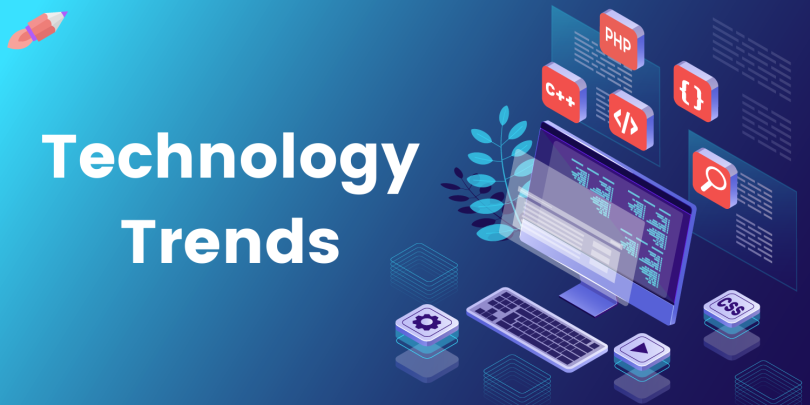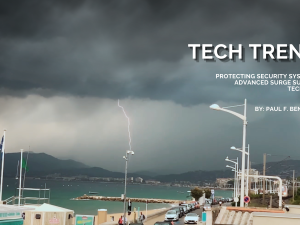Historically, the driving stakeholder behind security technology projects has been the security professional or person related to the security function of a business. While this still holds true in many circumstances, a new era of security technologies serves more than the needs of the security professional.
By bringing in other stakeholders in the planning process of designing and deploying security technology, a security integrator or consultant can leverage the business objectives of those stakeholders to build security technology that serves an entire organization.
When you plan for a security technology project, think outside the box and bring the as many relevant stakeholders to the table as possible. Security technology can be leveraged to maximize its organizational benefits. Sometimes it requires thinking outside the box; other times a technology’s benefit to a sister department is readily apparent. Soliciting the input of security-adjacent stakeholders will not only lead to a better overall design of the security technology, but it may also revel funding in places the integrator and security department did not expect.
As an integrator, consider the needs of these five key organizational stakeholders. If you do, you stand a much greater chance that the funding can be procured to green-light a project.
1. IT
Your security technology will most likely run on a network backbone, and for that to happen, and integrator and security end-user will need a strong working relationship with the technology stakeholder – typically, IT.
This is important because IT is responsible for the overall “data-highway” of a business. Leveraging this relationship can bring synergies to purchasing, deploying, securing and managing network technologies. Do not go it alone.
2. Facility Management
This stakeholder is running the show, literally. They need information on all aspects of the facility and its operations. Bringing this stakeholder to the table will give insight to what is important outside of the security department’s point of view. For example, managing subcontractors like snow removal, landscaping, cleaning, deliveries, and repair and maintenance services, are all critical to keeping a business running smoothly. Visitor management technologies and apps are a key area to help in this regard.
Security-based mobile apps, in fact, are often being developed to help businesses cater to the technology needs of clients.
These mobile apps provide their client users with a host of valuable information at their fingertips – from access control to way-finding, duress and incident reporting.
It is now possible to use technology to create a mobile access control app. For example, STid, whose card readers work with any standing access control system, can embed access control credentials into a business’s mobile app.
SaaS solutions like VOLO and Everbridge can support real-time duress and incident reporting. Making the use of these technologies are low friction, promoting easier adoption into a culture.
3. Sales & Marketing
With facilities having better video surveillance coverage than ever, new Automated Intelligence (AI) platforms can leverage those video streams to provide valuable data to drive both business and security decisions.
There are plenty of video analytic-based solutions from surveillance and VMS vendors that are aimed at increasing business intelligence, from retail to industrial manufacturing.
One solution by DeepNorth (www.deepnorth.com) uses existing video cameras to drive data-rich reports on foot traffic to, from and within a facility. This data can be used to create heat maps of traffic patterns, dwell times, peak hours and flow rates – all of which can be used to drive the sales of tenant space, merchandise and real estate, as well as adjust staffing, space planning, and increase customer service.
Specific to marketing, many organizations – especially retail establishments – are looking to attract people to their facilities. You never know when security technology may provide a vehicle to drive traffic to a customer. Case in point: One customer I have worked with has annually nesting falcons on their rooftop. They installed a “Falcon Cam” and streamed that video to their website, along with information on the birds’ migration and conservatory efforts in the city. The addition to the website was a hit and brought much more attention and traffic to the building and to the business’s website.
4. Risk Management & Compliance
While the security function of a business typically determines the video surveillance coverage to help with investigations and situational awareness, risk and compliance can play an important role in determining the storage and archiving of video. While most security incidents are discovered and investigated within 45 days, litigation can have a much larger duration needed for discovery.
In some industry-specific cases, such as cannabis growing, archiving requirements can be multiple years. This can be very expensive if this storage requirement is fulfilled as hot storage, onsite.
Introducing this stakeholder to software solutions like the one from Tiger Technology (www.tiger-technology.com) may make the difference. Tiger Technology’s software ties a local VMS to cloud-based hot, cold, and glacier storage solutions that can drastically reduce the overall cost of long-term video retention requirements.
5. Law Enforcement
Many cities now have formal public/private partnership programs where the business stakeholder can elect to share camera feeds with local law enforcement in real-time. This enables the police to quickly observe and respond to criminal incidents involving the business’s property. If a facility is in a high-crime area, or it is iconic or high-profile in nature this could dramatically help improve police response on or around your client’s property. Integrators and consultants should serve as a trusted resource for customers by helping them to initiate and participate in these public/private partnerships.
Article Link – https://www.securityinfowatch.com/integrators/article/21278024/tech-trends-security-tech-for-nonsecurity-stakeholders
This article originally appeared in the September 2022 issue of Security Business magazine. Paul F Benne is the President of Sentinel Consulting and has over 35 years in the protective service industry.







